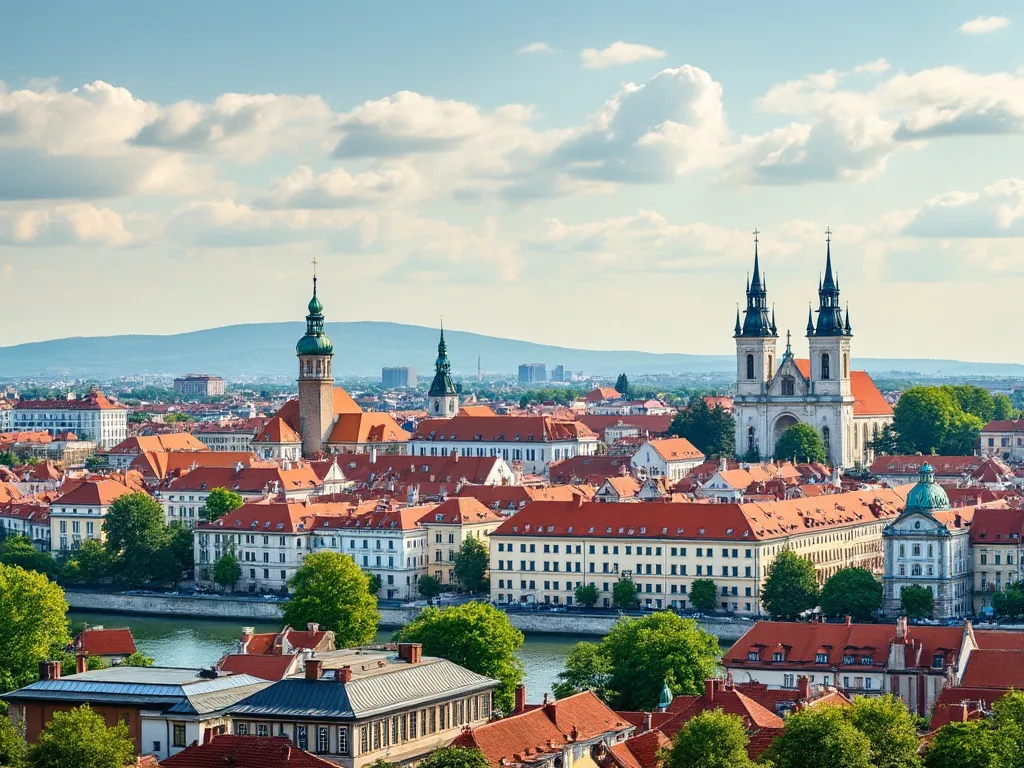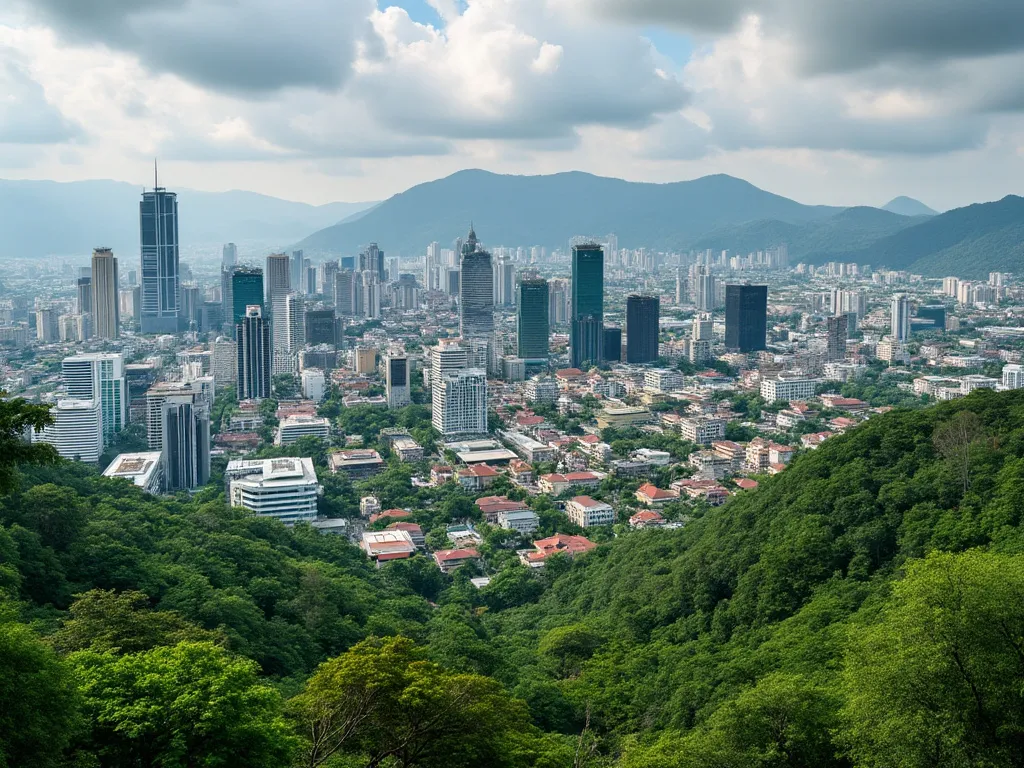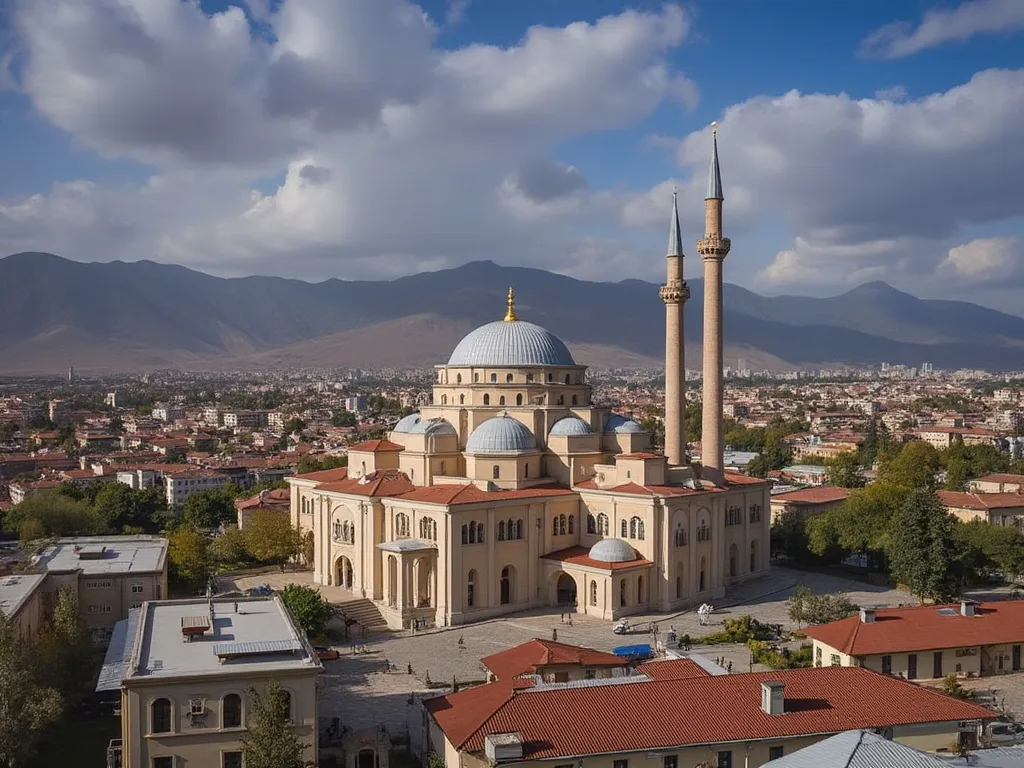
Zagreb, the capital and largest city of Croatia, is a captivating metropolis that seamlessly blends history, culture, and modernity. Located in the northwestern part of the country, Zagreb is a treasure trove of architectural styles, cultural institutions, and vibrant atmosphere.
Zagreb Information
| Country | 🇭🇷 Croatia |
| Population | 792,875 (2021 estimate) |
| Coordinates | 45.8153° N, 15.9819° E |
| Area | 641 km² (247.5 sq mi) |
| Climate | Humid continental climate (Köppen climate classification: Cfb) |
| Language | Croatian (official) |
| Currency | Croatian kuna (HRK) |
| Time zone | Central European Time (CET) (UTC+1) |
| Proximity to other major cities | Ljubljana, Slovenia (140 km / 87 mi), Budapest, Hungary (330 km / 205 mi), Vienna, Austria (340 km / 211 mi) |
Interesting facts about Zagreb
- Zagreb has a unique phenomenon called "zagrepčanka," which refers to the city's slow and relaxed pace of life.
- The city is home to the world's shortest funicular, which connects the upper and lower towns.
- Zagreb has a vibrant street art scene, with many colorful murals and graffiti adorning the city's buildings.
Tourist attractions in Zagreb
- The Zagreb Cathedral, a stunning Gothic cathedral that dates back to the 13th century.
- The Museum of Broken Relationships, a quirky museum showcasing personal objects and stories of heartbreak.
- The Dolac Market, a bustling marketplace filled with fresh produce, flowers, and souvenirs.
- The Ban Jelačić Square, a vibrant public square surrounded by cafes, shops, and historic buildings.
Historical background of Zagreb
Zagreb has a rich and complex history that dates back to the 11th century. The city was initially two separate settlements: Kaptol, the bishop's seat, and Gradec, the free royal town. The two towns merged in 1850, forming the modern city of Zagreb. During the Austro-Hungarian Empire, Zagreb experienced significant growth and development, which is reflected in its many historic buildings and landmarks.
Geographical location of Zagreb
Zagreb is situated in the Sava valley, surrounded by the Medvednica mountain to the north and the Žumberačko gorje mountain range to the west. The city's elevation is approximately 122 meters (400 feet) above sea level. The Sava River, which flows through the city, has played a significant role in Zagreb's development and growth.
Cultural significance of Zagreb
Zagreb is a city that takes pride in its cultural heritage. The city is home to numerous museums, galleries, and performance venues, including the Croatian National Theatre, the Croatian Museum of Arts and Crafts, and the Museum of Broken Relationships. The city's historic upper town, known as Gornji Grad, is a charming area filled with narrow streets, quaint shops, and picturesque buildings.
Economic importance of Zagreb
Zagreb is the economic hub of Croatia, accounting for approximately 40% of the country's GDP. The city is a major center for industry, trade, and finance, with a strong focus on information technology, pharmaceuticals, and tourism. The city's airport, Franjo Tuđman Airport, is one of the busiest in the region, connecting Zagreb to major European cities.
Conclusion on Zagreb
In conclusion, Zagreb is a city that has something for everyone. From its rich history and cultural significance to its vibrant atmosphere and modern amenities, Zagreb is a must-visit destination for anyone interested in exploring the best of Croatia.
 Yaren
Yaren
 Yerevan
Yerevan